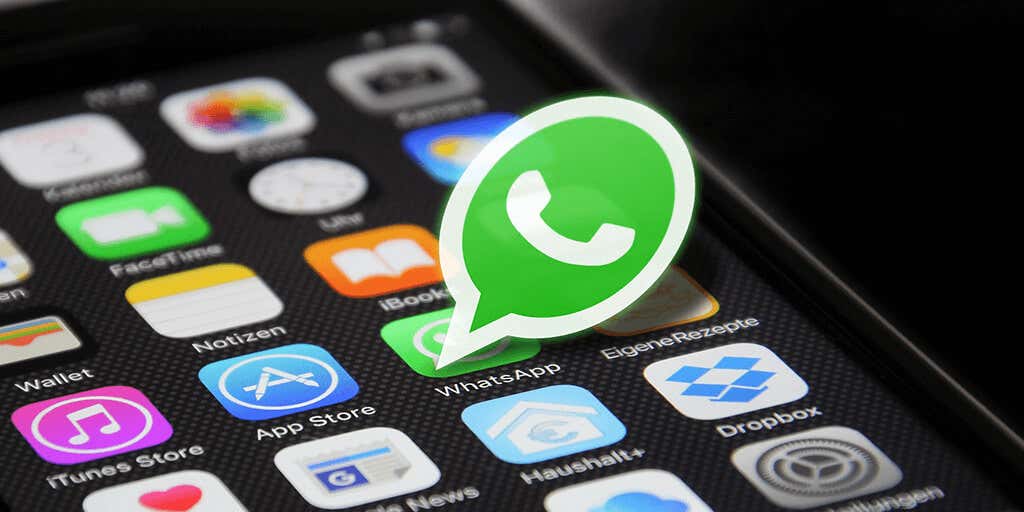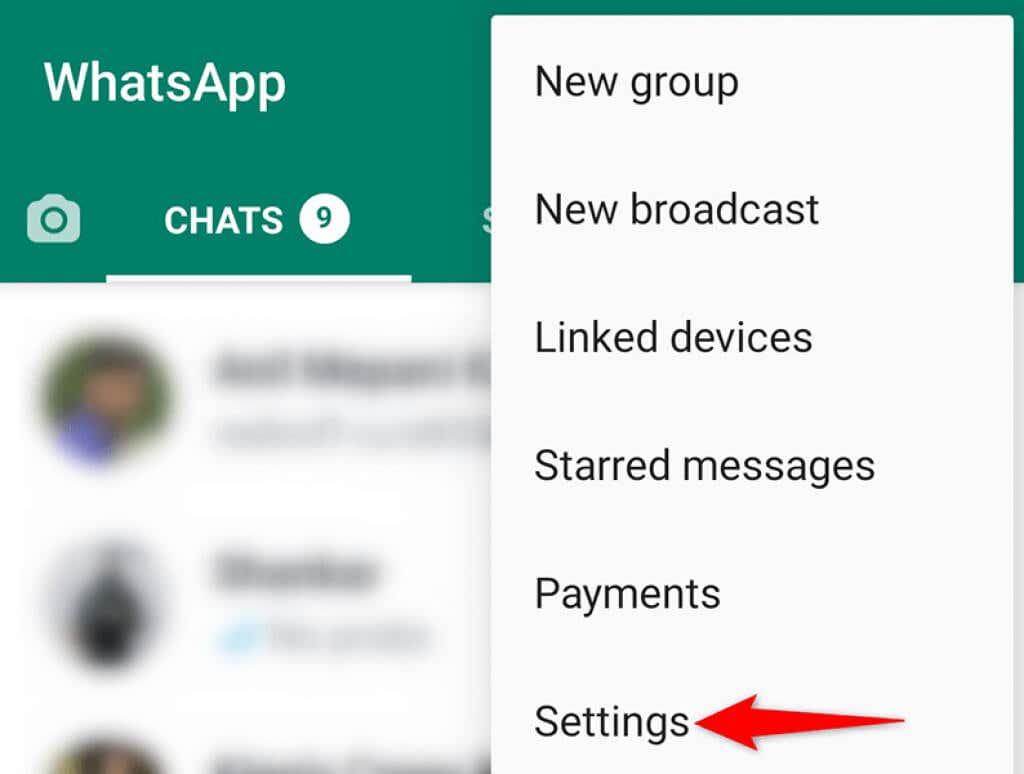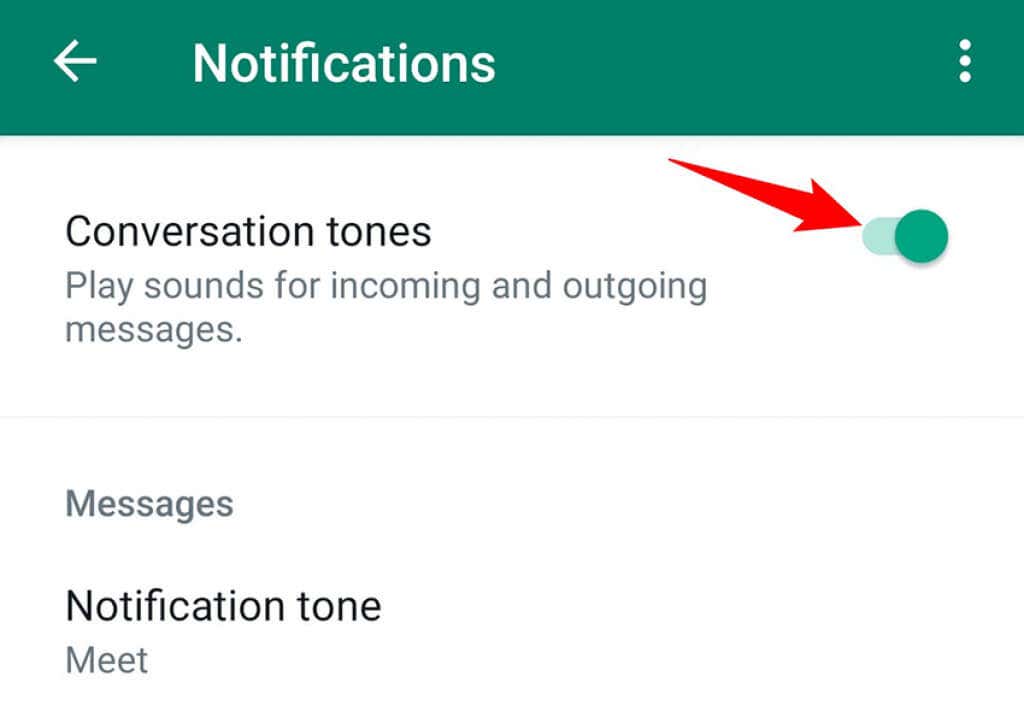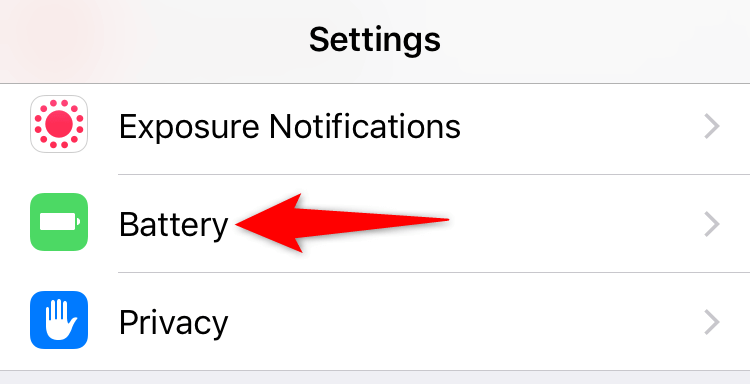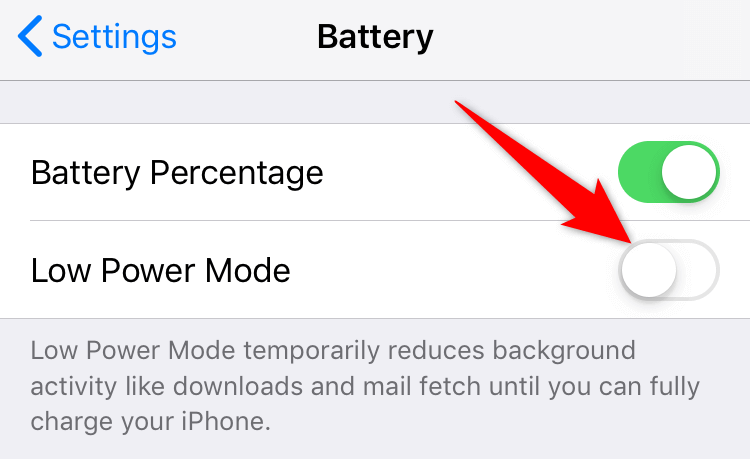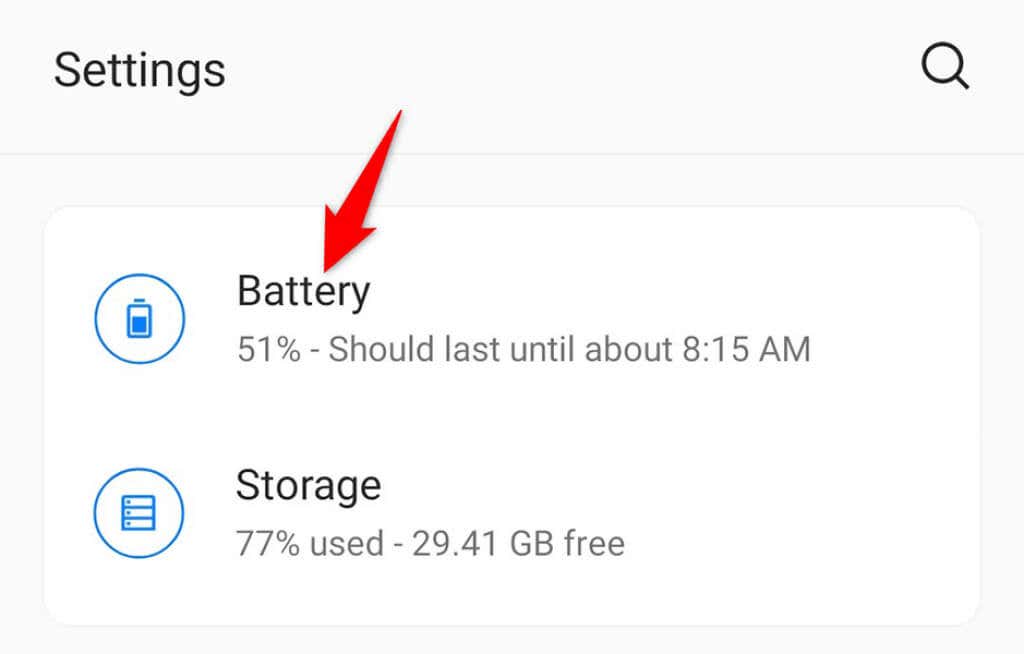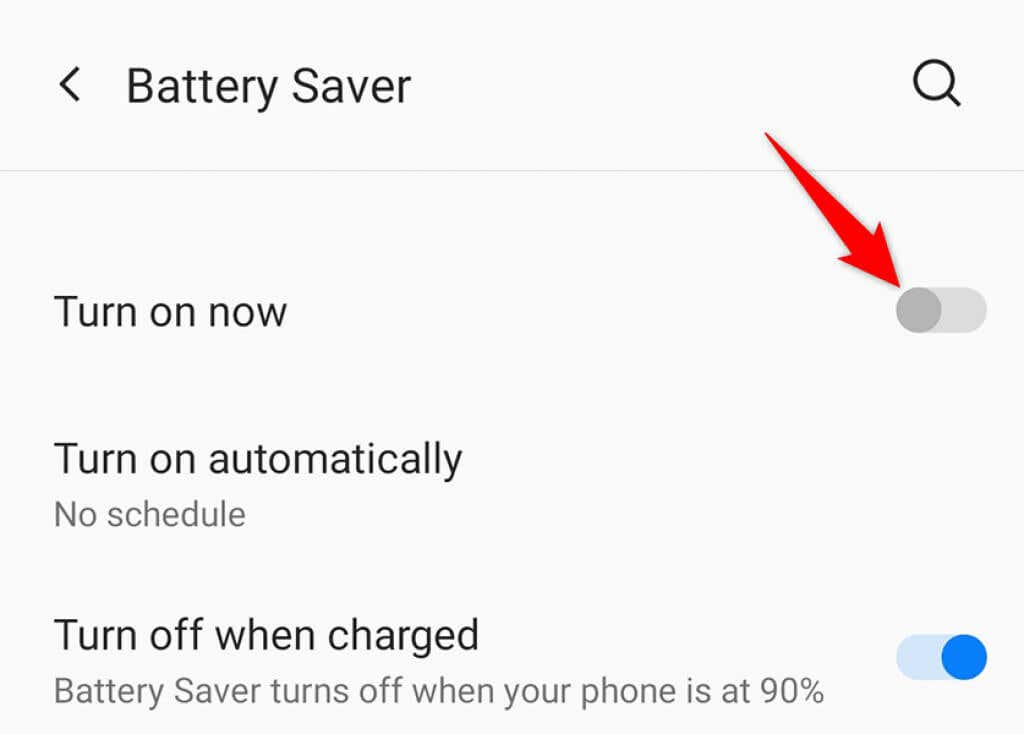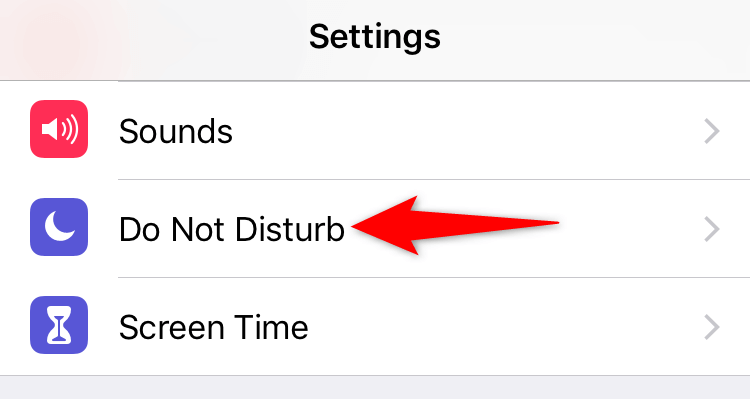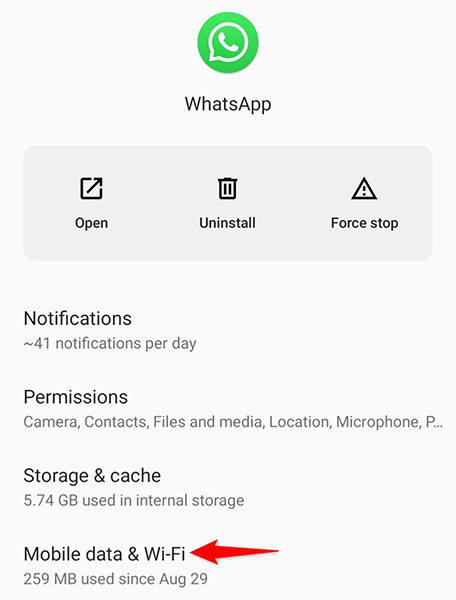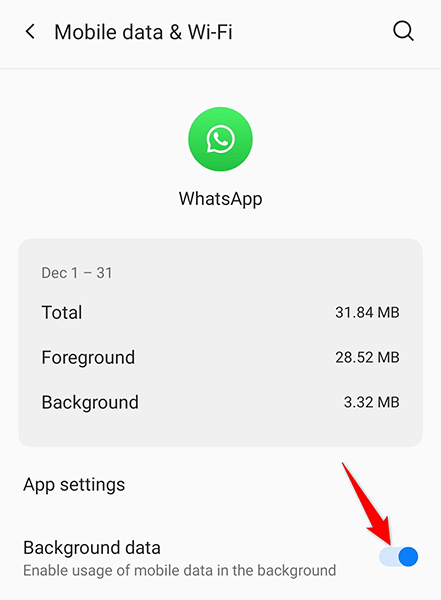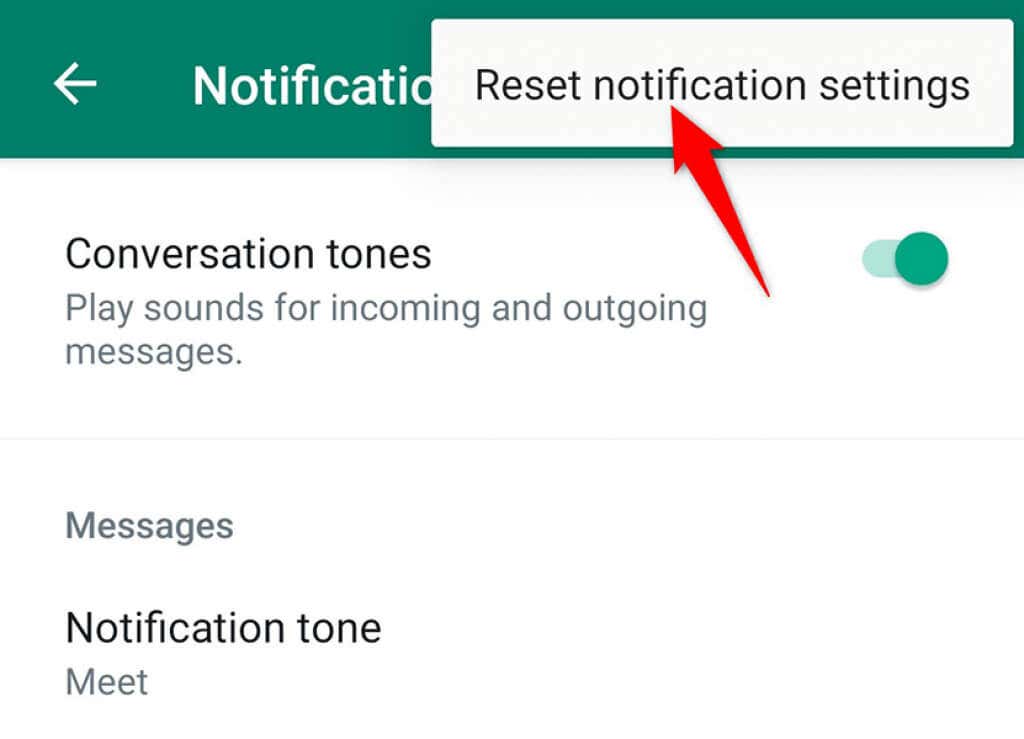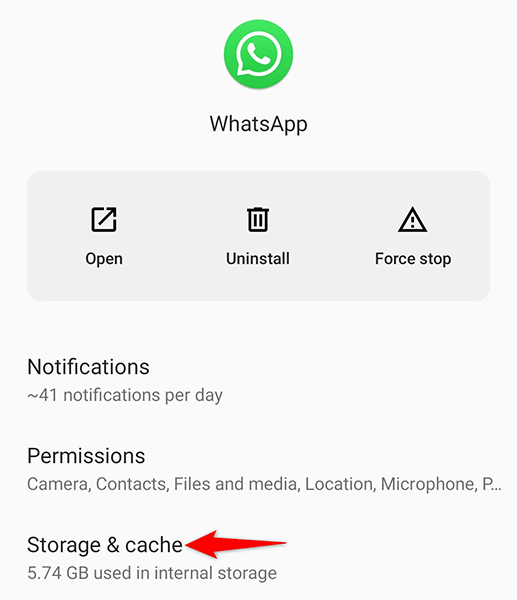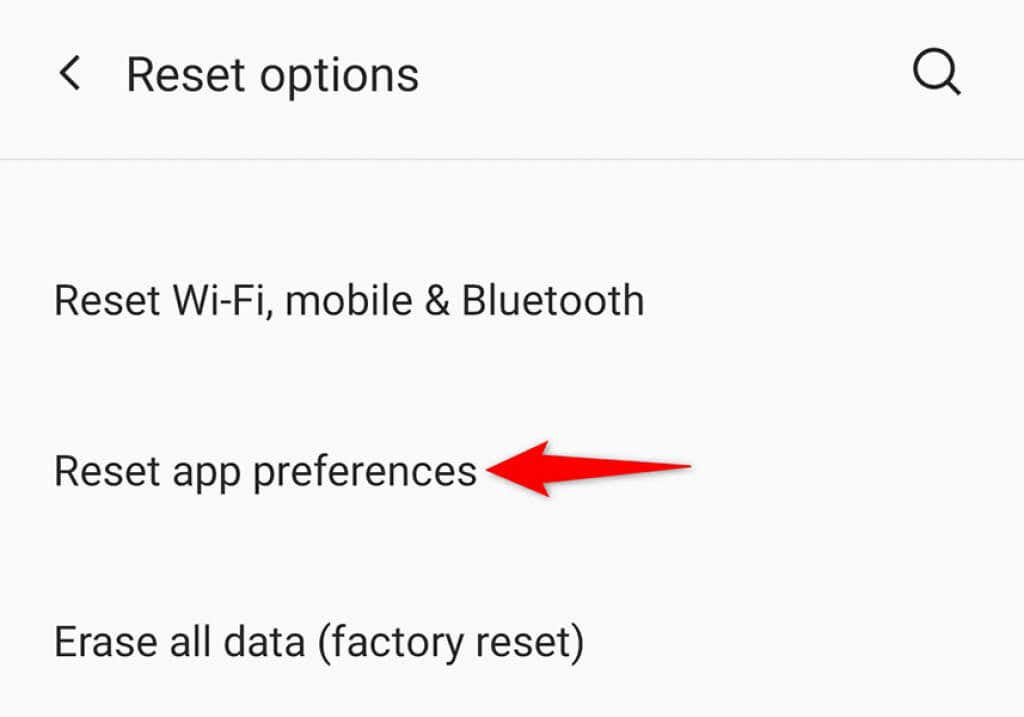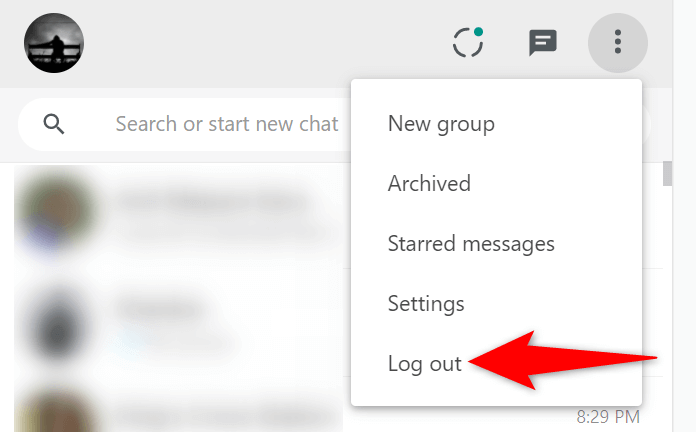Regardless, your priority should be to get the WhatsApp notifications back up and running as soon as possible. That’s what this guide will help you with.
Make Sure Your Internet Works to Get WhatsApp Notifications
WhatsApp needs internet connectivity to receive new messages and send you notifications. If your phone’s mobile data or your Wi-Fi network isn’t working as it should, this can cause WhatsApp not to send any notifications. To check if your internet works, open a web browser, like Chrome, on your phone and launch the Google site. If the site loads, your internet is working. If the site fails to load, there’s an issue with your internet connection. In the latter case, troubleshoot your internet issue and see if you can get the connectivity restored. You may also want to seek your internet service provider’s (ISP) help for the issue.
Restart Your Phone to Fix WhatsApp Notification Problems
A minor glitch on your phone can also cause WhatsApp notification issues. To get around that, restart your phone, and that should most likely resolve the glitch. You can restart most phones by pressing and holding down the Power button and choosing Restart from the menu.
Enable WhatsApp Notification Sounds
If you’re getting WhatsApp notifications but without sound, the sound notification option might be turned off in the app. Turn the toggle on, and your notification sound will be back. Here’s how.
Disable Your Phone’s Power Saver Mode
When power saver mode is turned on, your phone tries to consume as little energy as possible. This sometimes affects WhatsApp notifications as these notifications do use your phone’s battery. To get around this, disable power saver mode on your phone and then see if you receive your usual WhatsApp notifications.
On iPhone:
On Android:
Turn Off Do Not Disturb To Start Receiving WhatsApp Notifications
Do Not Disturb on your phone does what its name claims—turn off any notifications that might disturb you. These notifications include the ones from WhatsApp as well, so you’ll have to turn DND off to receive notifications from WhatsApp.
On iPhone:
On Android:
Allow WhatsApp to Use Background Data for Notifications
WhatsApp requires internet connectivity in the background so the app can fetch new messages even when you’re not chatting with someone. If you’ve disabled background data for WhatsApp on your phone, you’ll have to enable that to allow notifications.
On iPhone:
On Android:
Reset WhatsApp Notification Settings
WhatsApp offers customizable notification settings. If you’ve used that option and have gone a bit too far in changing them, you might want to reset your settings to see if that fixes the issue.
Clear WhatsApp’s Cache Files To Fix Notification Issues
Cache files are often the cause of many issues, and this could be the case with the WhatsApp issue on your phone. Luckily, you can clear WhatsApp’s cache files without affecting any of your personal data on your phone. The exact option to clear cache is only available on Android phones.
Reset Your App Preferences
WhatsApp recommends you reset the app preferences when you experience notification problems. This doesn’t delete any of your installed apps. You can only do this on Android.
Log Out From WhatsApp on Your Computers
It may be that WhatsApp is sending its usual notifications but to another device where you’re logged in. This is usually the case when you use WhatsApp Web on your computers. To fix that, log out of WhatsApp Web on your devices, and you should then get all your notifications directly on your primary phone.
WhatsApp Notification Issues Aren’t Difficult to Deal With
A missed WhatsApp notification can sometimes cost you quite a bit. If that ever happens, use the methods in the above guide to fix the issue on your phone. Your notifications will then start pouring in, as they did before.
